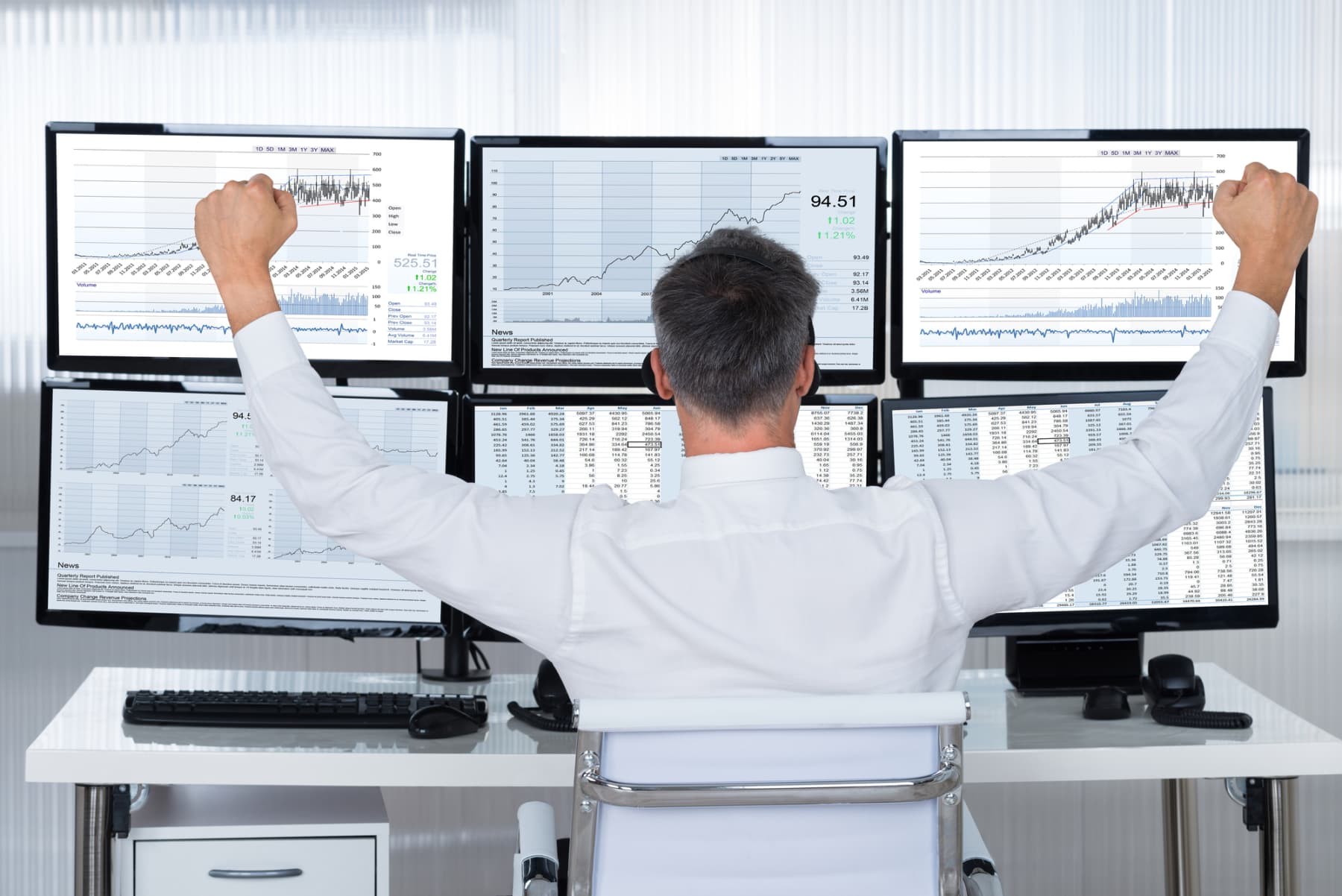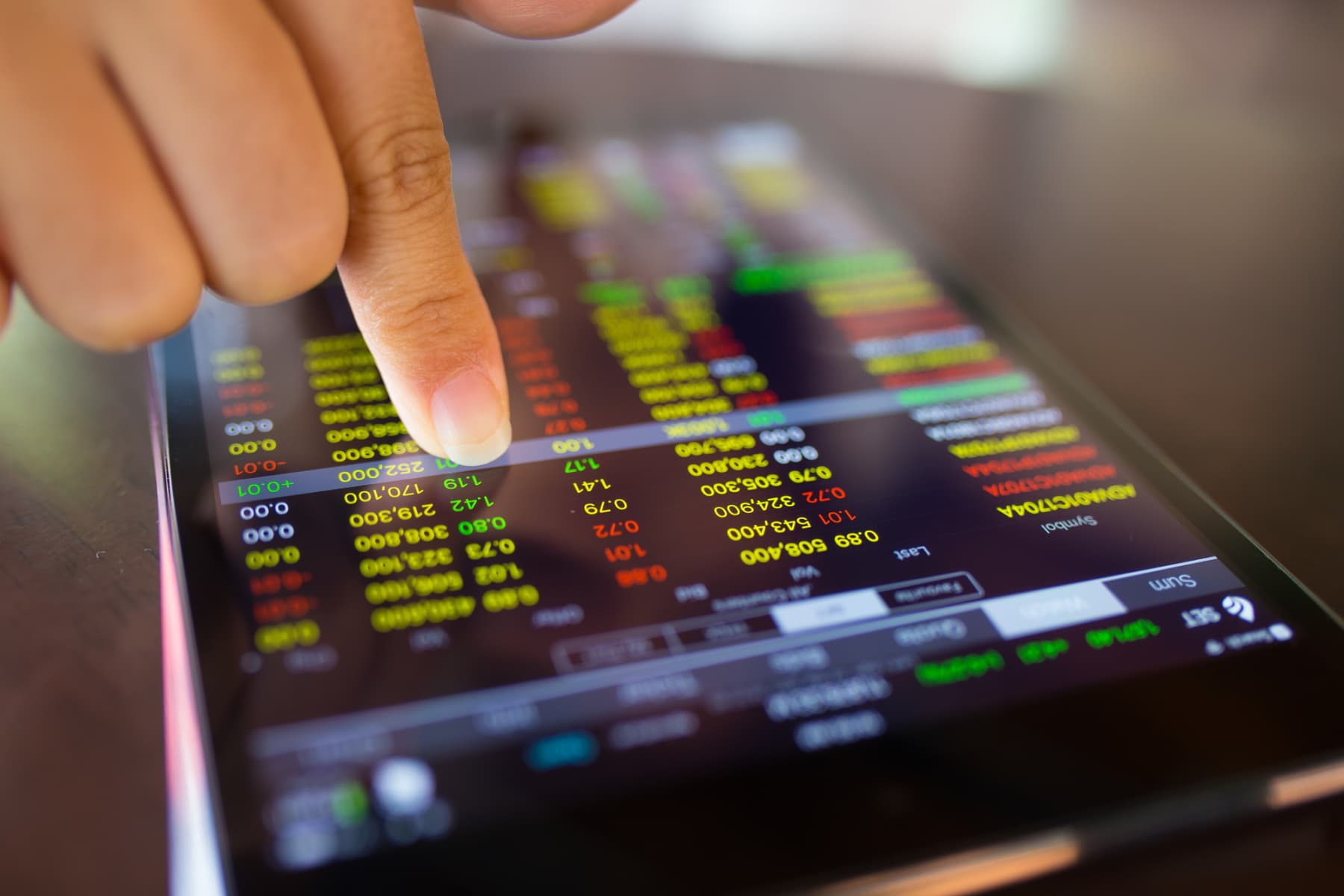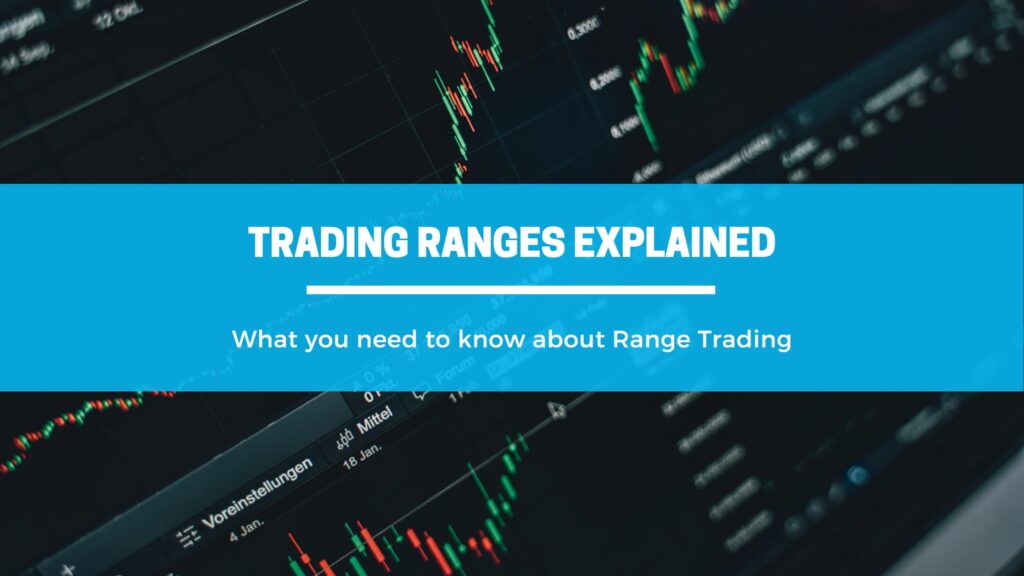Range trading is a technique traders use to trade in a range-bound market. Range trading is a strategy that can be used to trade any kind of financial instrument. As long as a trader can identify a price range within which the asset price is fluctuating, they can buy and sell within that range to their benefit.
Several strategies within range trading can be used for specific markets or situations. In all range trading strategies, it is necessary to define the price range using support and resistance levels.
The ideal scenario is that the market conditions show a clear trend, whether that is upward or downward. However, most of the time, the market has no clear direction. Using the support and resistance levels, a trader can determine the direction the market is heading in and how intensely it is moving.
This way, the trader knows what the next price change is and how significant the price change can potentially be.

Choosing an Asset for Range Trading
No matter how effective a trading strategy is, or how good you are at range trading if you don't have the right asset, earning a profit will be difficult. Successful range traders need to know which instruments to trade using range trading to get the highest ROI.
To get the most from range trading, what you choose should:
- Not be in a prominent upward or downward trend
- Should be oscillating consistently between defined support and resistance levels
If a instrument has these two features, it will be easier to identify when you should buy, hold, and sell. To understand how stable a market is, a trader can use a few different indicators.
Important Indicators for Range Trading
Three main indicators help a trader understand whether a financial instrument is suitable for range trading. These indicators illustrate price movement, trends, and fluctuations.
Moving Average Price Chart
Rather than looking at opening and closing prices of an financial instrument, it is much easier to focus on the average closing price through the moving average price chart. This way, you can see the closing price with less noise in the chart over a longer time period and understand whether there are upward downward, or stable price moves. The moving average price chart is heavily used in range bar trading strategy.
Here you are looking for an instrument with a rather flat line on the moving average price chart. The flatter the line is, and the longer the time frame it covers in a flat nature, the more consistent the support and resistance levels are.
Average Directional Index
Another important aspect to consider is the trend of the market. The average directional index tells us about the trend and the trend's impact on the trading range. It is important to keep in mind that the average directional index does not show the intensity of the trend. Instead, it simply shows whether or not a trend exists.
A rating of more than 25 indicates a live trend, and anything below 20 means there isn't an active trend. If you are using trading ranges, you want the average directional index to be as low as possible and certainly below 25. This will ensure stability and consistency in the price ranges that you set.
Bollinger Bands
Bollinger bands show the moving price average together with the total price fluctuations. To create the Bollinger band, the software will add or subtract the standard deviation of the price changes from the moving average to create a graphical illustration of the highest price, moving average, and lowest price. This graph shows all three variables over a given time period.
Range Trading Strategies
These calculations are only some of the technical indicators that you will need to successfully begin range trading. Additionally, you need to know a few strategies to maximize output using insight from your range-bound trading efforts.
For successful range trading, you need to first identify the resistance and support levels. Range trading takes advantage of these levels to minimize risk and maximize earning potential. When outlining these range limits, you need to know where they occur (the price they occur at) and how strong these levels are (i.e. how likely it is that the price will remain within these levels).
The equations mentioned previously will help you understand where the range trade limits exist – but to understand how strong these positions are, you need to look at trading volume and/or the amount of time the market has spent within those limits. High trade volumes are indicative of strong support and resistance levels, and long periods at those prices suggest that these levels can be trusted.
You may be great at marking all the levels and prices for your range trade, but sometimes, the market simply goes a completely different way. These situations are known as breakouts and breakdowns. These are graphically depicted as large spikes going far above or far below the marked levels on the range bar chart.
Breakouts are when the price moves above the resistance level, and breakdowns happen when the price falls below the marked support level. Fortunately, range trading capitalizes on these moments well, but you need to know what to do in these circumstances.
Usually, these changes tell a trader that the market is developing a new range at a different price point. Depending on what your objective is, you could choose to buy, sell or simply hold.

Developing Your Range Trading Strategy
Once you've found a ranging market, identified the price action, and setup your support and resistance lines, it is time to execute the trade. The objective is to buy as close to the support line as possible and sell at, or above, the resistance lines.
Different traders have different techniques for executing their trades. Some have a single trading session during the day, while others can have hundreds of sessions where they are scalping the market.
The perfect trading strategy for you depends on the market you trade in, the financial instrument you choose, and, most of all, your personal preferences for trading. A good strategy is to avoid high volatility when range trading. The purpose of this style of trading is to make small, calculated moves in a trending market so you can benefit from the fluctuations and not make one massive move where you are waiting on a significant price action to earn all your profit.
Define some exit points, understand the financial instrument, keep an eye on economic market news and technical analysis, set limit orders, and listen to what experienced traders say. There certainly will be highly profitable trading opportunities, but those are not the objective.
The objective is to make small calculated moves and when a good trading opportunity presents itself, capitalize on it if you can. There is no harm in starting out with a demo account and using virtual funds to see if it is for you and to get a feel of the business.
Pros and Cons of Range Trading
Pros
- This strategy can be applied to a wide range of financial markets
- Great low-risk strategy for a stable market condition
- Low risk due to smaller price fluctuations
- A simple strategy with clearly defined entry and exit points
Cons
- It's challenging to find a market that shows the kind of stability a range trader would want in an ideal scenario
- Requires a high volume of trades which can add up in commission costs

Risk Management in Range Trading
The best strategy to mitigate risk with range trading is to minimize the range within which you trade. This means bringing the resistance level and support level closer together.
While this will reduce the size of the hit from a bad trade, it will also further limit the earning potential from a good trade.
The trick is to find a balance where you have enough room to earn a profit but not so little room that you barely make any returns from each trade. It will boil down to how much risk you are willing to take. However, if it is a calculated risk and you are cautious with what you're doing, excellent returns can be earned from the market.
Conclusion
Range trading in essence is very simple, and you can easily get started with a demo account. This way you can test the strategy without risking money. However, this is not a get-rich-quick scheme, and the best-range traders are methodical in their approach. This is not the strategy where you want to lead with your emotions or impulsively take action.
Have a clear trading strategy and a clear objective, and stick to that no matter how the market behaves. While you cannot control the market, you completely control your actions during your trades.




